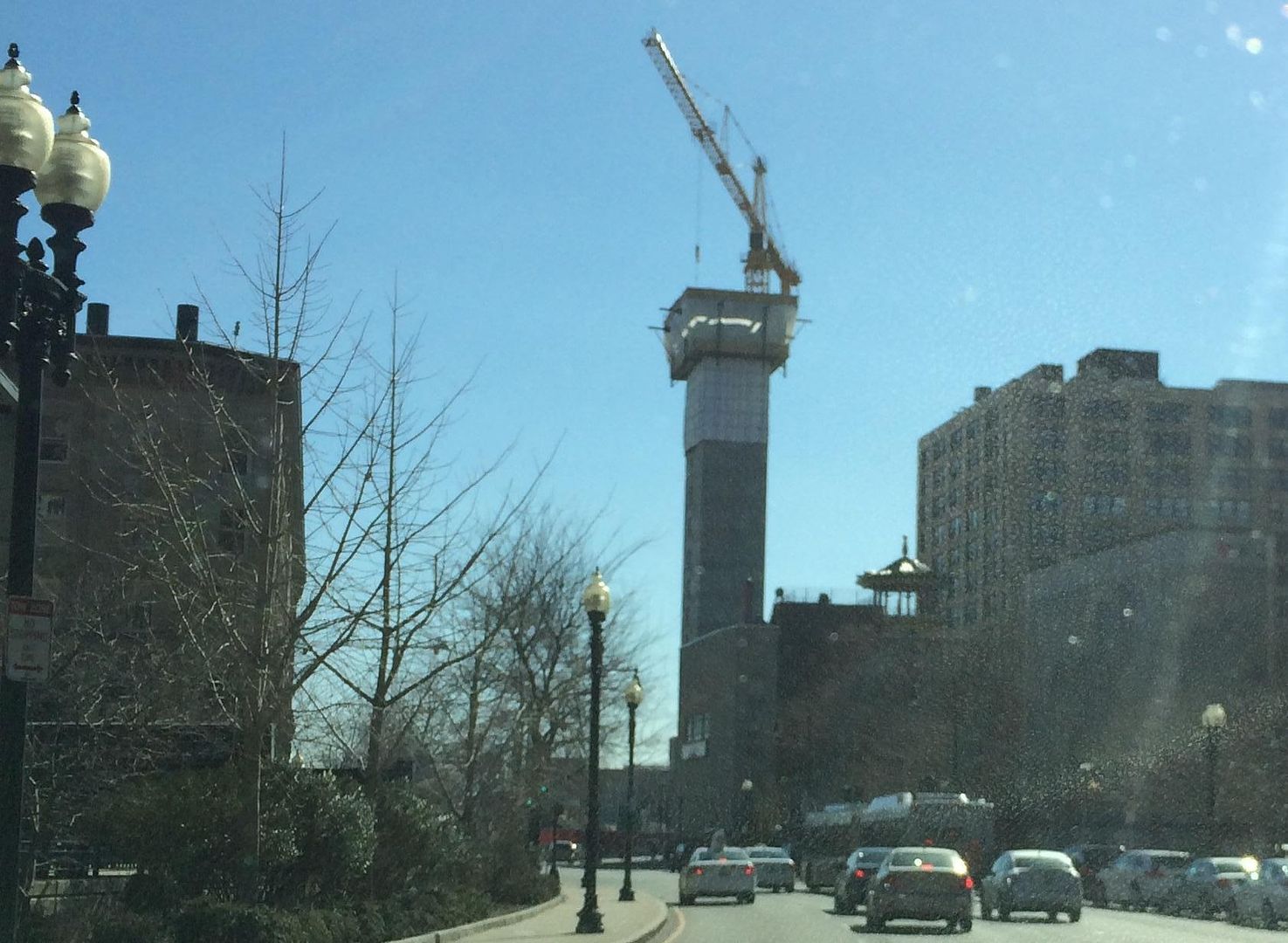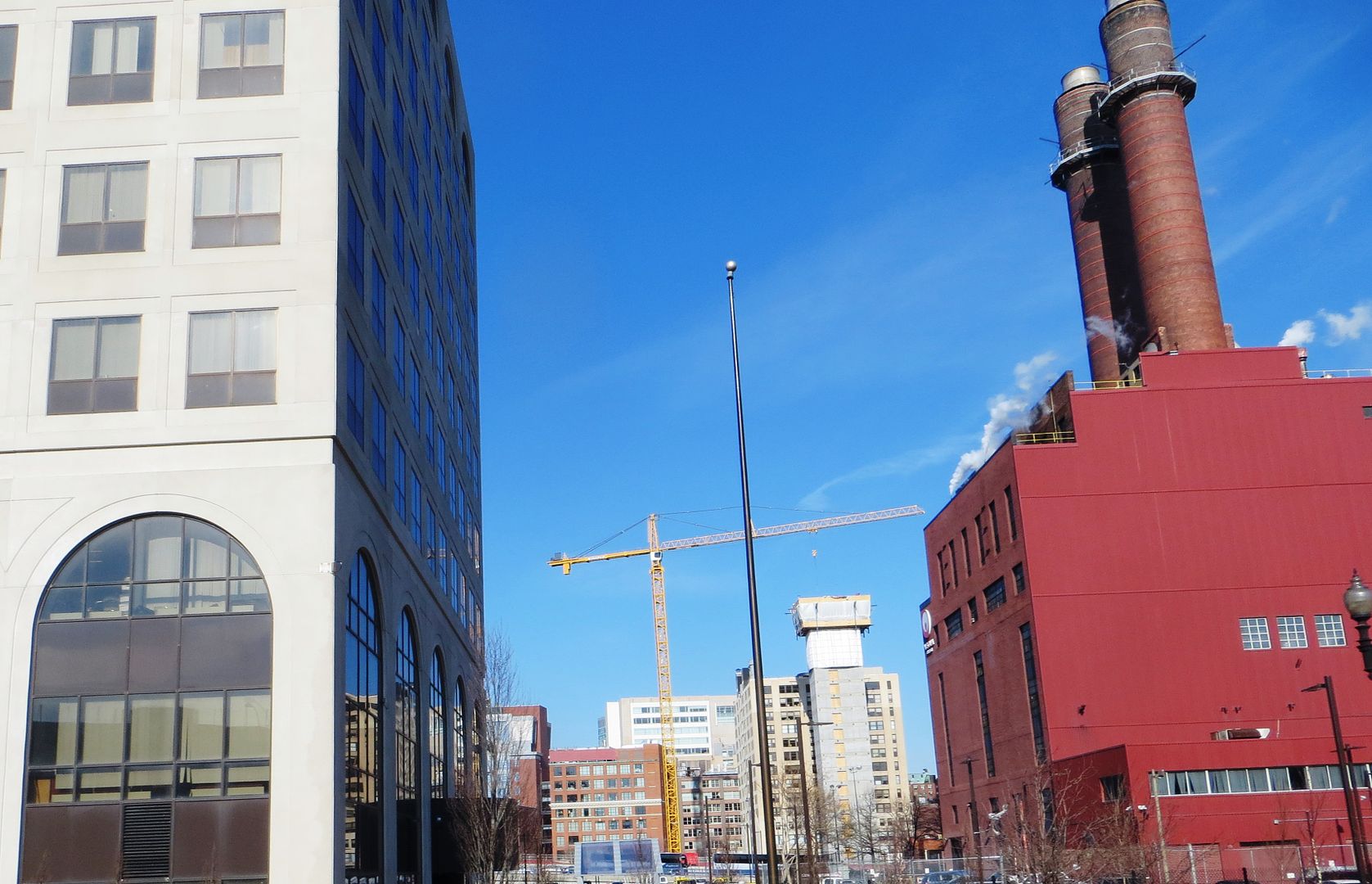pixelsand8
Active Member
- Joined
- Mar 16, 2013
- Messages
- 467
- Reaction score
- 2
Next door. The South Bay tower would have taken down that steam power factory thingy.
I'll admit, I like the steam plant. As far as infrastructure goes I think it looks pretty cool, a monument to the cities industrial past. Of course I'd rather have the South Bay tower but I'll still miss that thing if/when it goes.
As for Greenway One, I'm excited for this project. I really want to see how a non-luxury high rise residential building goes. On Boston Public Radio's "ask the mayor", Walsh specifically mentioned that we need much more of this kind of 20-30 story "workforce housing", other wise we are going to run out of land. It's just a question of paying for it. I felt that to be an encouraging sign and if this project goes well perhaps it will open the door to more. I have a much better feeling about the new mayor with regards to development than Mumbles.

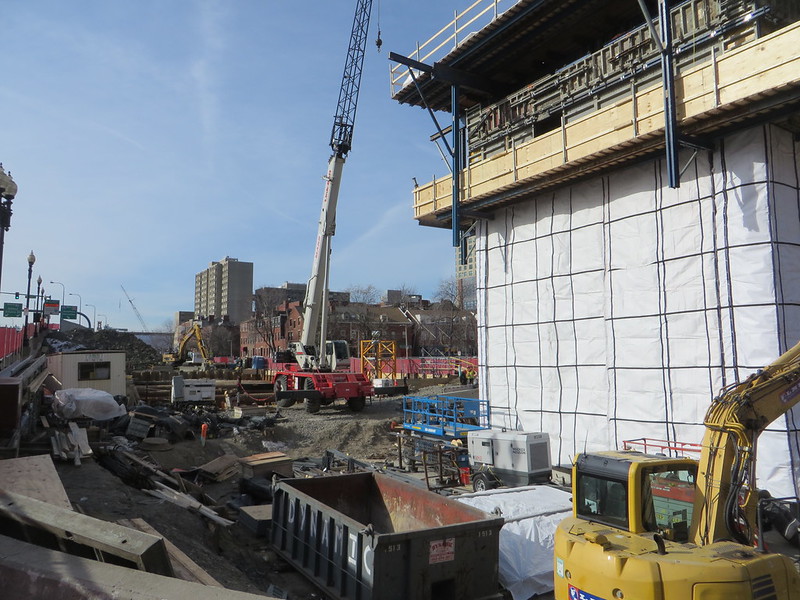
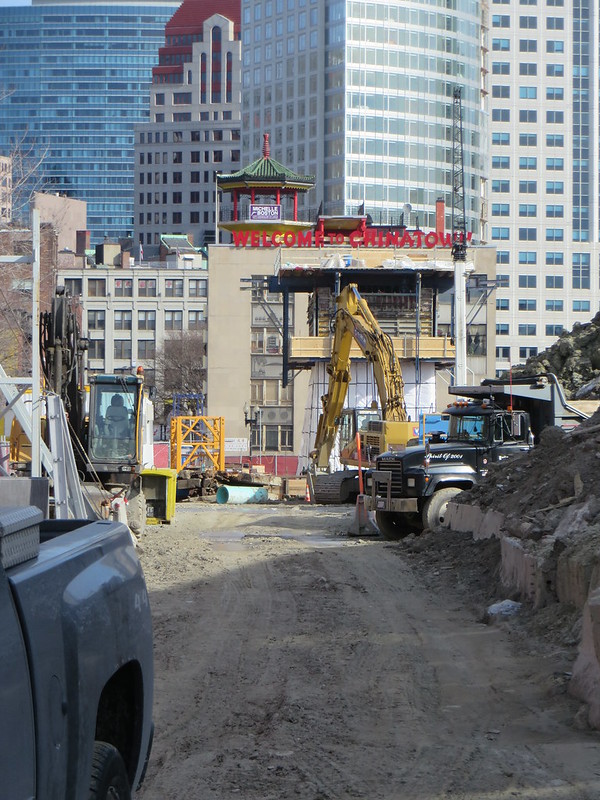


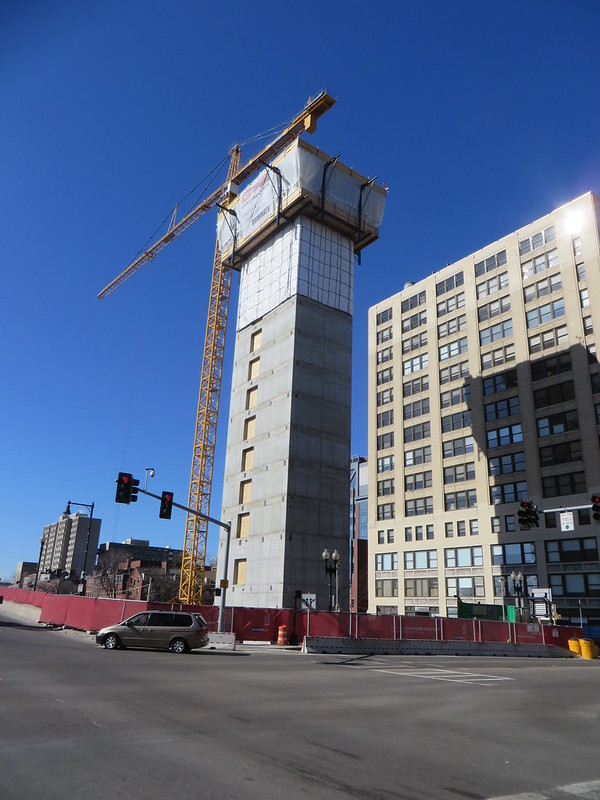
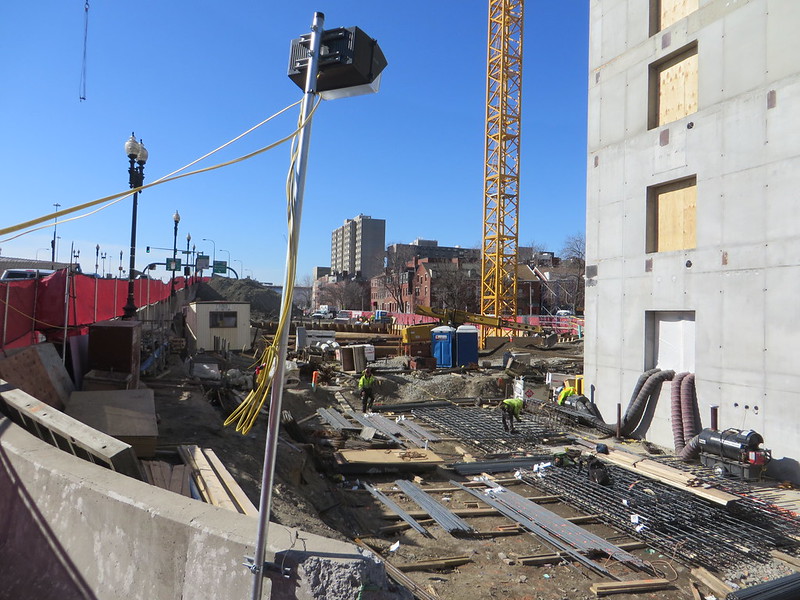
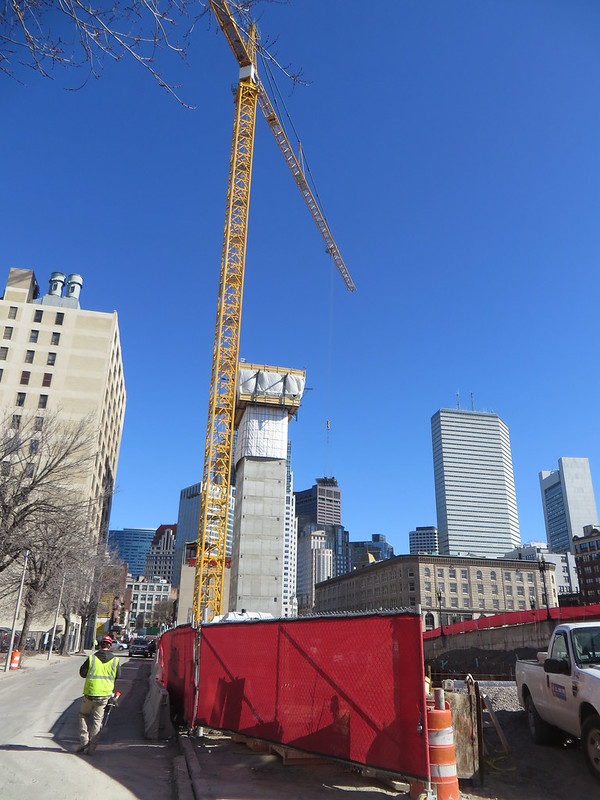


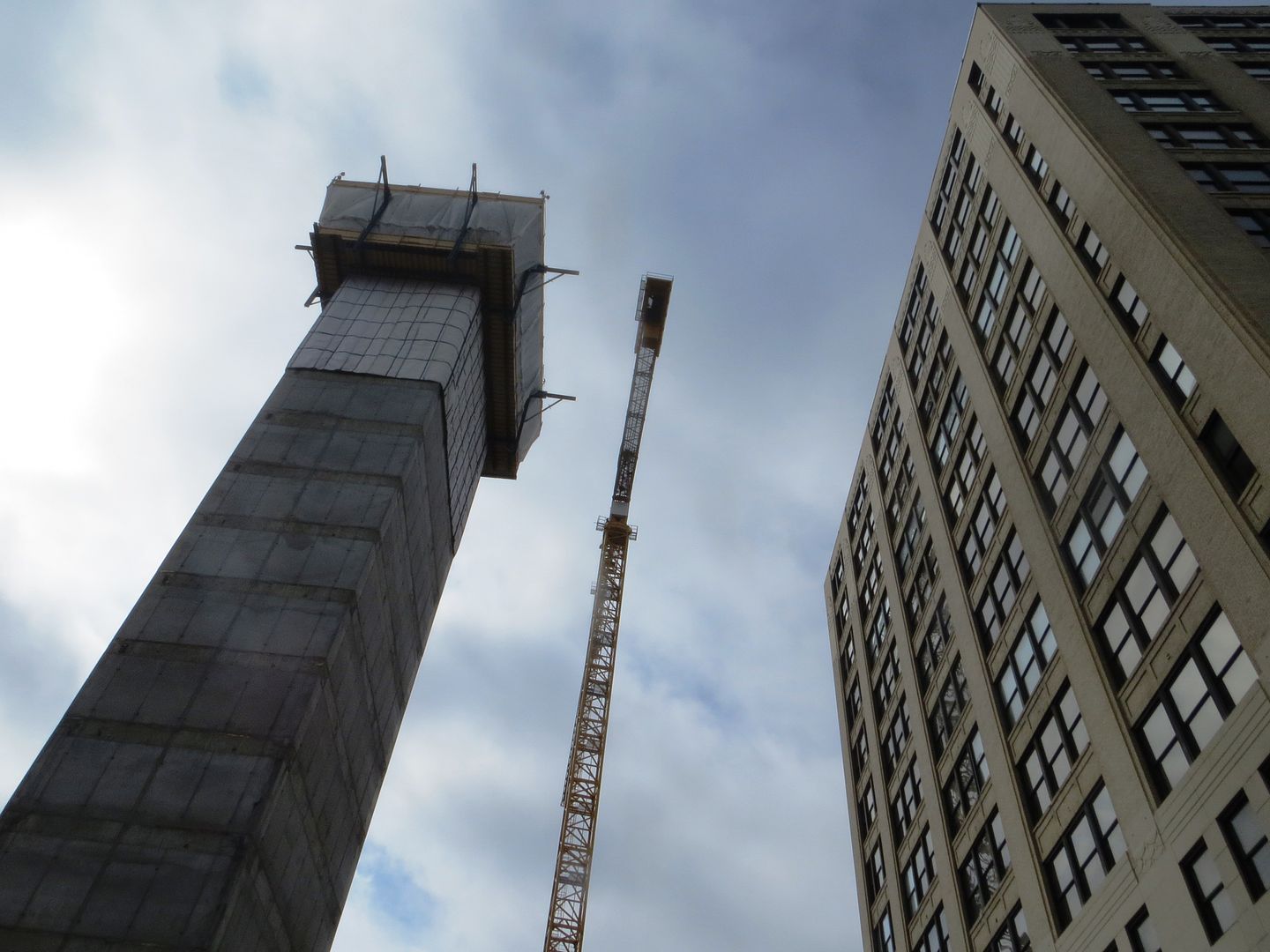


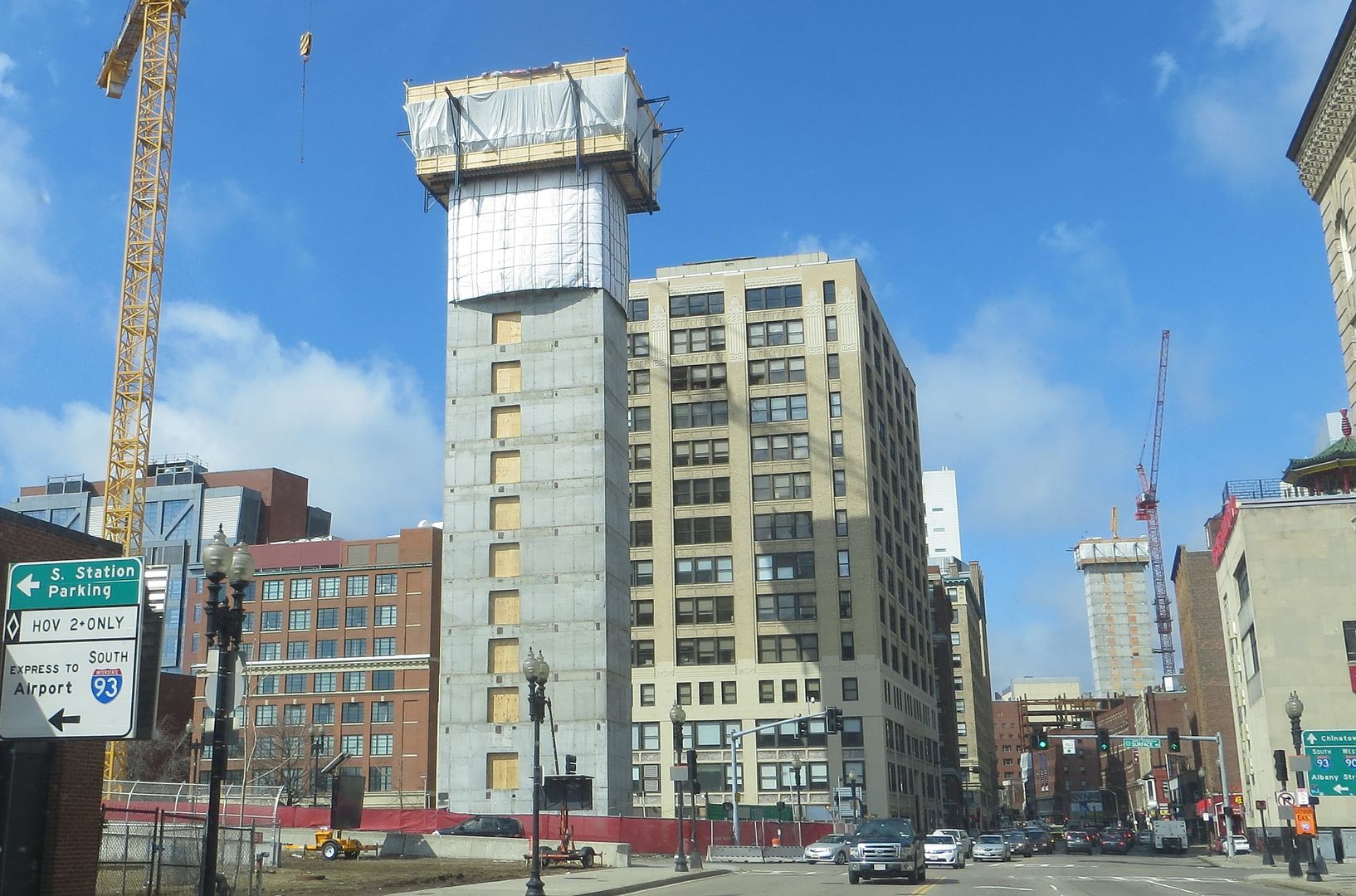
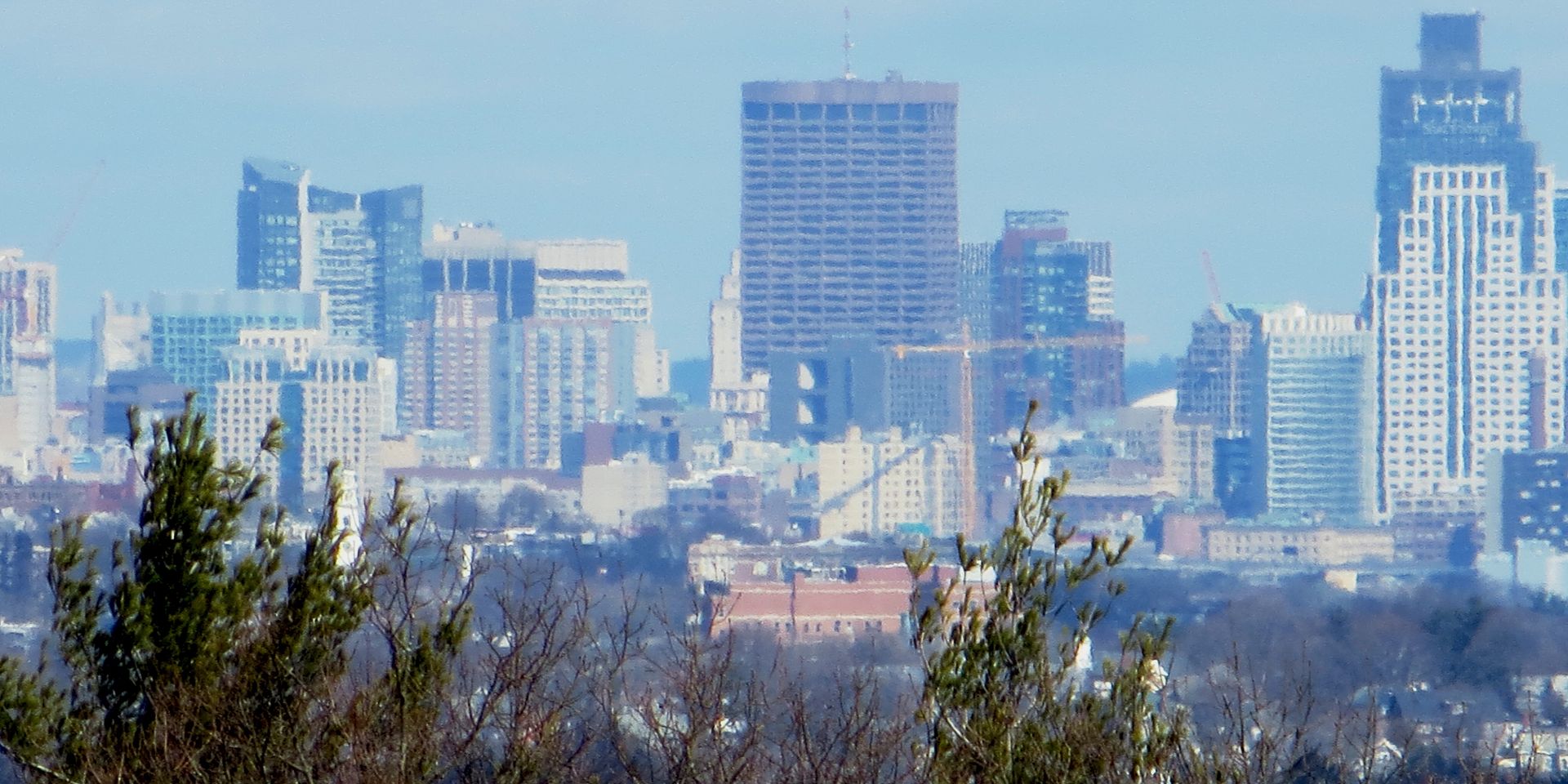
 [/URL [URL=http://s998.photobucket.com/user/ric02124/media/2014/IMG_1188_zpsceb0d1f9.jpg.html]
[/URL [URL=http://s998.photobucket.com/user/ric02124/media/2014/IMG_1188_zpsceb0d1f9.jpg.html]